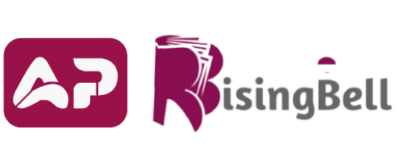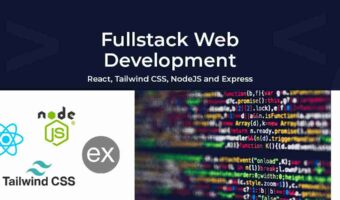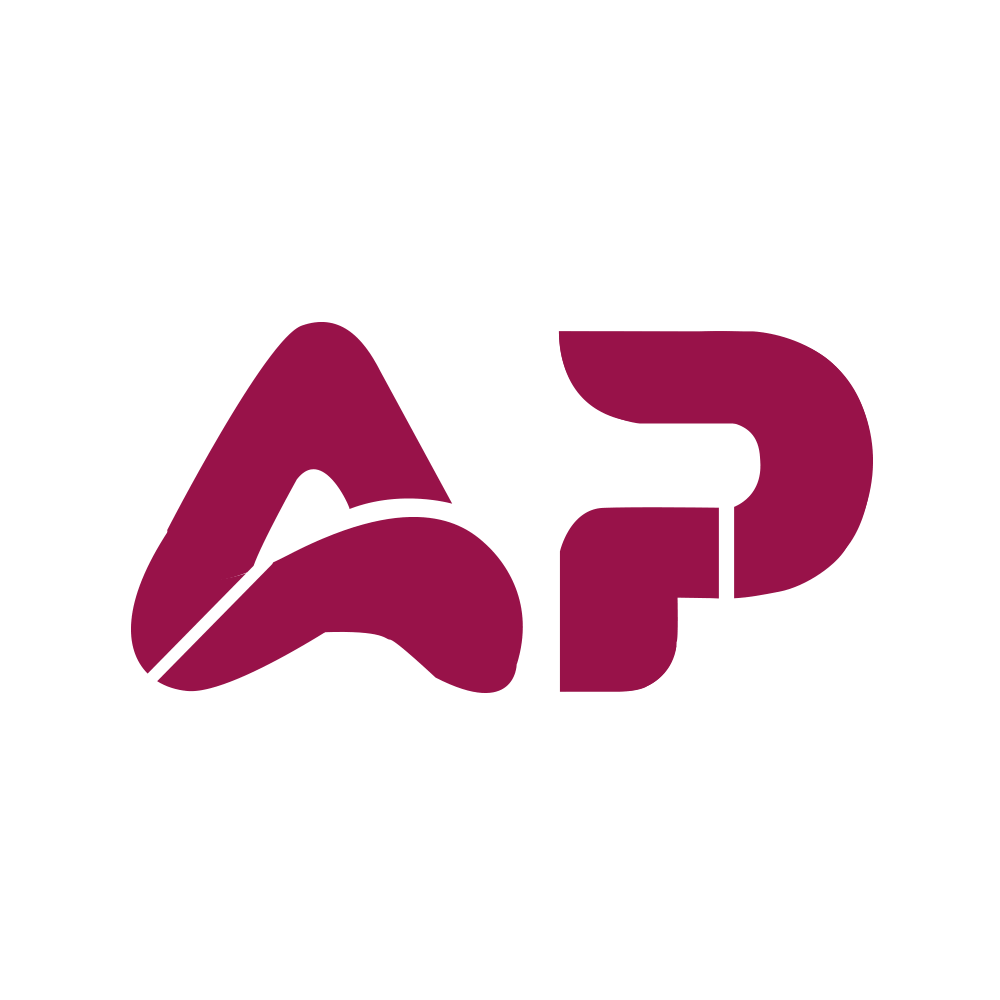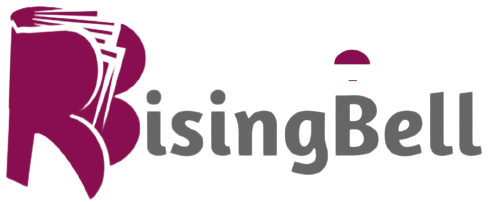Full Stack Web Development (with React, Tailwind CSS, NodeJS & Express)
About This Course
FRONTEND DEVELOPMENT (with React & Tailwind CSS)
Languages:
HTML: The backbone of any web page, used for structuring content.
CSS: Used for styling and layout of web pages.
JavaScript (JS): The primary programming language for adding interactivity and dynamic behavior to websites.
TypeScript (TS): A superset of JavaScript that adds static typing, making your code more predictable and maintainable.
Frontend Libraries and Frameworks:
React: A popular JavaScript library for building user interfaces, developed by Facebook.
Styling Libraries and Tools:
Tailwind CSS: A utility-first CSS framework for building modern and responsive designs.
Bootstrap: A widely used CSS framework for building responsive and mobile-first websites.
State Management:
Redux: A predictable state container for JavaScript apps, commonly used with React.
Frontend Routing:
React Router: A library for managing routing in React applications.
API Calls:
Axios: A promise-based HTTP client for making API requests.
Fetch: A modern alternative to XMLHttpRequest for making network requests.
Testing:
Jest: A popular testing framework for JavaScript applications.
React Testing Library: A testing library for testing React components.
npm (Node Package Manager)/ Yarn: The default package manager for Node.js.
Code Versioning:
Git: A distributed version control system used to track changes in code.
BACKEND DEVELOPMENT – with NodeJS & Express
Languages:
– JavaScript (JS): The primary programming language for backend development using Node.js.
Backend Framework:
– Node.js: A runtime environment that allows you to run JavaScript on the server side.
– Express: A minimal and flexible Node.js web application framework that simplifies building APIs and web applications.
API Development:
– Express Routing: Building routes to handle different HTTP methods (GET, POST, PUT, DELETE).
– Middleware: Using middleware functions to add functionality to the request-response cycle.
Database Interaction:
– MongoDB: A NoSQL database used with Node.js for storing and managing data.
– Mongoose: An Object Data Modeling (ODM) library for MongoDB and Node.js, making database interactions easier.
Authentication and Security:
– Passport: A popular authentication middleware for Node.js.
– bcrypt: A library for hashing passwords to enhance security.
API Testing:
– Postman: A tool for testing APIs and making API requests.
– Jest: A testing framework for writing unit and integration tests in JavaScript.
ORM (Object-Relational Mapping):
– Sequelize: A promise-based ORM for Node.js that supports various relational databases like MySQL, PostgreSQL, etc.
API Documentation:
– Swagger: A tool for generating interactive API documentation.
Server Deployment and Hosting:
– Heroku: A cloud platform that allows you to deploy, manage, and scale applications.
– AWS (Amazon Web Services): A cloud computing platform that provides various services for hosting and scaling applications.
WebSocket Communication:
– Socket.io: A library enabling real-time, bidirectional communication between clients and the server.
Caching:
– Redis: An in-memory data store used to cache frequently accessed data and improve application speed.
Background Jobs and Queues:
– Bull: A Node.js library for handling distributed job and message queues.
Security:
– Helmet: A collection of security middleware for Express to help secure your apps.
– CORS: Handling Cross-Origin Resource Sharing to control access to resources.
Middleware:
– Body-parser: Parsing incoming request bodies in a middleware before your handlers.
– Morgan: A logging middleware for logging HTTP requests.
Version Control:
– Git: A distributed version control system used to track changes in code.
Package Management:
– npm (Node Package Manager): The default package manager for Node.js.
Target Audience
- Anyone interested in becoming a Fullstack Web Developer.





